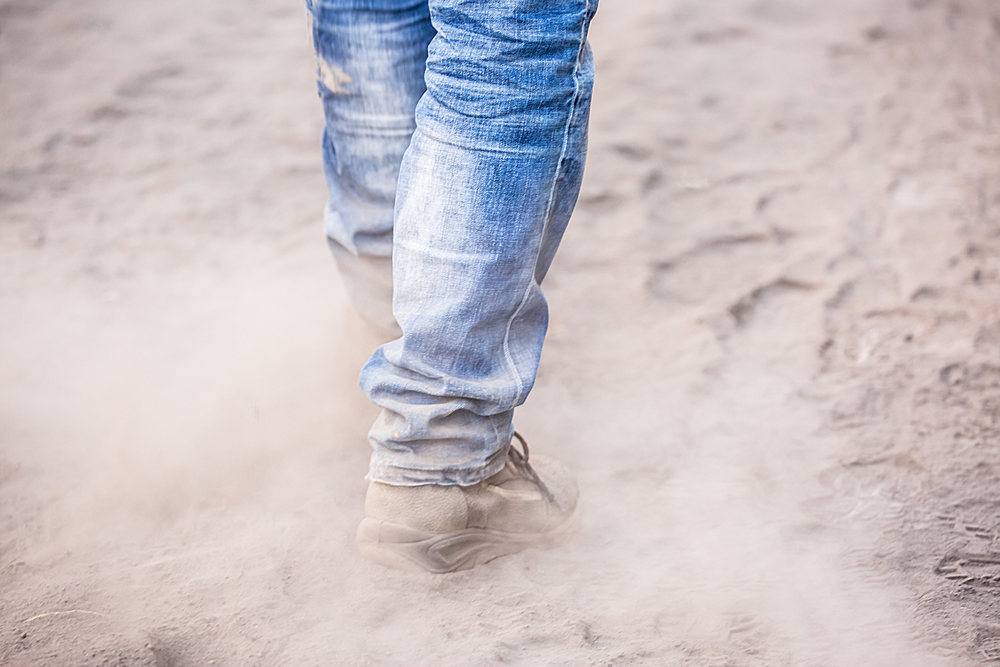In Scripture, Jesus makes a clear connection between baptism and discipleship when he says, “Go, therefore, and make disciples of all nations, baptizing them in the name of the Father, and of the Son, and of the Holy Spirit …” (Mt 28:19-20)
This is the mission of the Church, and it’s our mission as well — to baptize and make disciples. But, practically speaking, how do we live out our baptism and call to discipleship in our daily lives?
Let’s start with an understanding of baptism. The Catechism of the Catholic Church has much to say about baptism, but let’s focus on two things: baptism as the gateway into the Christian life and the graces of baptism.
The gateway
The catechism begins its discussion on baptism by saying, “Holy baptism is the basis of the whole Christian life, the gateway to life in the Spirit … and the door which gives access to the other sacraments …” (1213)
Right away, baptism is described as the gateway or the door into the Christian life. Baptism is so important the catechism says it is the basis for the whole Christian life. The word basis means underlying support or foundation, so baptism is the underlying support to the Christian life. It is the doorway into a life in Christ.
Graces of baptism
The catechism continues, “The fruit of baptism, or baptismal grace, is a rich reality that includes forgiveness of original sin and all personal sins, birth into the new life by which man becomes an adoptive son of the Father, a member of Christ and a temple of the Holy Spirit. By this very fact, the person baptized is incorporated into the Church, the body of Christ, and made a sharer in the priesthood of Christ.” (1279)
In baptism, we receive forgiveness of all sin, birth into a new life in the Trinity, and incorporation into the Church. Although there’s a lot in this one little paragraph, let’s focus on the new life in the Trinity that we receive.
At baptism, we are baptized in the name of the Father, and of the Son, and of the Holy Spirit. But we are also baptized into the life of the Blessed Trinity. We become children of the Father, members of Christ’s body, and temples of the Holy Spirit. We have the indwelling of the Trinity — Father, Son, and Holy Spirit — in us.
What does this mean practically? Well, we know that the Trinity is one God, but three divine persons: Father, Son, and Holy Spirit. Our God is a communion of persons who live in a perfect relationship of love. In baptism, we are baptized into this relationship of love.
Ultimately, this is what baptism is about. It’s about relationships. A relationship with God as Father, Son, and Holy Spirit, and relationships within Christ’s body, the Church. Baptism is the gateway and the basis for these relationships.
But what about discipleship?
Covered in the dust of the master
The first-century Jews had a saying that can help us: If you encounter a rabbi, you should “cover yourself in the dust of his feet and drink in his words thirstily.” (Into His Likeness: Be Transformed as a Disciple of Christ, Edward Sri, p. 30)
You should cover yourself in the dust of his feet. At the time of Christ, people walked everywhere on dirt roads. If you’ve ever walked on a dusty road, you know that you kick up dirt as you go. If indeed we are to follow Jesus as our teacher, our rabbi, we are to follow him so closely that we are covered in the dust he kicks up as he walks.
For the first-century Jews, this metaphor meant that you lived life with the rabbi and did everything with him. You ate with him, traveled with him, studied with him, and prayed with him. You followed him so closely that you learned to be like him. You talked like him, prayed like him, taught like him, and encountered people the way he encountered people.
The idea was that you followed the rabbi so closely that when you were finished being instructed by him you were like him. So that when people saw the disciple, they saw the rabbi. The only way to gain this level of likeness is to live in relationship with the master.
Like baptism, discipleship is all about relationships. A relationship first and foremost with God, but also with the people he places in our lives.
Living in relationship
The connection between baptism and discipleship is relationship. As baptized Christians, we are called to live deep relationships with God and with the people he has placed in our lives. We reflect the Trinity when we seek to live life in relationship with others.
When we read the Gospels, we find that Jesus had deep profound relationships in his life. First, with his heavenly Father. He had deep relationships with the apostles, especially with Peter, James, and John; and with his friends Mary, Martha, and Lazarus. Jesus entered into relationships with people from different lifestyles and backgrounds, like the pharisee Nicodemus and the Samaritan woman at the well. In all these unique relationships, he models and expresses his desire to have a profound life of love in relationship with us as baptized disciples.
As disciples covered in the dust of Jesus, we are called to live out our relationships like he did, in goodness, truth, and freedom. When Christ says at the end of Matthew’s Gospel to baptize and make disciples, he’s commanding us to go into the world to live life in relationship. Through baptism, we enter into a relationship with God that empowers us to go out to others, relate to them, and lead them into relationships with Christ and his Church.
Originally published in the Summer 2023 edition of the Catholic East Texas.



